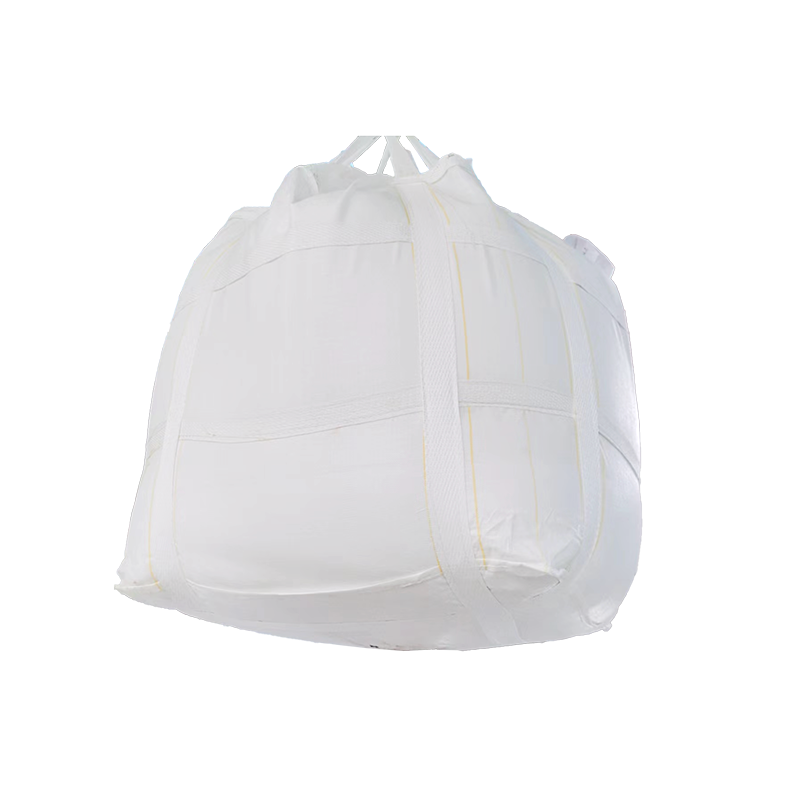Unlocking the Benefits of STPP in Detergents: A Comprehensive Guide
2025-05-31
Unlocking the Benefits of STPP in Detergents: A Comprehensive Guide
Table of Contents
Introduction to STPP
Chemical Properties of STPP
The Role of STPP in Detergents
Benefits of Using STPP in Detergents
Environmental Considerations of STPP
Applications of STPP in the Detergent Industry
Regulatory Issues Surrounding STPP
The Future of STPP in Detergents
FAQs abo

Unlocking the Benefits of STPP in Detergents: A Comprehensive Guide
Table of Contents
- Introduction to STPP
- Chemical Properties of STPP
- The Role of STPP in Detergents
- Benefits of Using STPP in Detergents
- Environmental Considerations of STPP
- Applications of STPP in the Detergent Industry
- Regulatory Issues Surrounding STPP
- The Future of STPP in Detergents
- FAQs about STPP in Detergents
- Conclusion
Introduction to STPP
Sodium Tripolyphosphate (STPP) is a **versatile and essential ingredient** widely used in various industrial applications, particularly in the detergent sector. This compound is known for its remarkable ability to enhance the cleaning efficiency of detergents, making it a staple in formulations for both household and industrial cleaning products. As we delve deeper into the benefits and applications of STPP, we uncover its key role in helping detergents perform better while meeting consumer expectations.
Chemical Properties of STPP
Understanding the **chemical properties of STPP** is crucial for appreciating its effectiveness in detergent formulations. STPP is a salt of phosphoric acid, with the chemical formula Na5P3O10. It is a white crystalline powder that is highly soluble in water. Some notable properties include:
Solubility and Stability
STPP exhibits excellent solubility in water, which allows it to integrate seamlessly into detergent formulations. Its stability across a range of temperatures ensures that it maintains its functional properties during storage and usage.
pH Regulation
STPP plays a pivotal role in maintaining the **pH balance** of detergent solutions. By keeping the pH at optimal levels, it enhances the cleaning power of surfactants and other active ingredients within the detergent.
The Role of STPP in Detergents
In the detergent industry, STPP serves multiple functions that collectively contribute to improved cleaning performance.
Water Softening Agent
One of the primary roles of STPP is to act as a **water softener**. It binds to calcium and magnesium ions present in hard water, preventing them from interfering with the cleaning action of the surfactants. This function significantly enhances the detergent's effectiveness, allowing it to perform optimally in hard water conditions.
Stabilization of Active Ingredients
STPP helps stabilize the active ingredients in detergent formulations, ensuring that they remain effective over time. This stabilization is crucial for maintaining the detergent's cleaning power and shelf life.
Benefits of Using STPP in Detergents
The inclusion of STPP in detergent formulations offers a plethora of advantages:
Enhanced Cleaning Power
STPP significantly boosts the cleaning power of detergents, allowing them to tackle tough stains and grime effectively. Its ability to soften water means that users achieve better results with lower amounts of detergent.
Improved Product Performance
Detergents containing STPP have been shown to perform better in various applications, from laundry to dishwashing. By enhancing the solubility and efficiency of other ingredients, STPP ensures optimal performance across different cleaning tasks.
Cost-Effectiveness
Using STPP can lead to cost savings for manufacturers and consumers alike. Its efficacy allows for reduced concentrations of other, more expensive active ingredients, resulting in overall lower production costs and competitive pricing for consumers.
Environmental Considerations of STPP
While STPP has numerous benefits, it is essential to consider its environmental impact.
Biodegradability and Ecotoxicity
STPP is generally regarded as biodegradable; however, concerns arise regarding its potential to contribute to **eutrophication** in aquatic environments. High concentrations of phosphates can lead to nutrient pollution, promoting excessive algae growth that disrupts ecological balance. Manufacturers are encouraged to adhere to regulations and guidelines to minimize environmental risks.
Applications of STPP in the Detergent Industry
STPP is utilized in a variety of detergents, ranging from household products to industrial cleaning agents.
Household Laundry Detergents
In household laundry detergents, STPP aids in stain removal, enhances the brightness of fabrics, and maintains the overall cleanliness of clothes.
Dishwashing Detergents
For dishwashing detergents, STPP improves grease-cutting abilities, ensuring that dishes and utensils are cleaned effectively, even in hard water conditions.
Industrial Cleaners
Industrial cleaning products, such as those used in food processing or manufacturing, often incorporate STPP to boost cleaning efficiency and ensure compliance with hygiene standards.
Regulatory Issues Surrounding STPP
The use of STPP in detergents is subject to various regulations aimed at safeguarding public health and the environment.
Global Standards and Compliance
Manufacturers must navigate an array of **local and international regulations** that govern the use of phosphates in detergents. Compliance with these regulations ensures that products are safe for consumers and the environment.
Labeling Requirements
Transparency in labeling is crucial. Detergents containing STPP must clearly indicate its presence on the product label, allowing consumers to make informed choices.
The Future of STPP in Detergents
As the detergent industry evolves, the role of STPP remains relevant.
Innovation in Formulation
Ongoing research and development are focused on creating more sustainable and effective formulations that either utilize STPP more efficiently or replace it with alternative compounds that provide similar benefits without the environmental drawbacks.
Consumer Awareness and Preferences
Increasingly, consumers are becoming aware of the environmental impacts of their cleaning products. This shift is driving manufacturers to innovate while maintaining the performance benefits of STPP.
FAQs about STPP in Detergents
1. What is STPP and why is it used in detergents?
STPP, or Sodium Tripolyphosphate, is a chemical compound used primarily in detergents as a water softener and stabilizer, enhancing the cleaning efficiency of the product.
2. Is STPP safe for the environment?
While STPP is biodegradable, its contribution to phosphate pollution in water bodies raises concerns. It's vital to follow regulations to mitigate environmental impact.
3. Can STPP improve the effectiveness of laundry detergents?
Yes, STPP significantly enhances the cleaning power of laundry detergents, particularly in hard water conditions, by softening the water and allowing other ingredients to work more effectively.
4. Are there any alternatives to STPP?
There are alternatives, such as zeolites and citrates, which can provide similar benefits without the environmental concerns associated with phosphates.
5. How do regulations affect the use of STPP in detergents?
Regulations dictate the permissible levels of phosphates in detergent formulations to prevent environmental harm and ensure consumer safety. Compliance is essential for manufacturers.
Conclusion
Sodium Tripolyphosphate (STPP) is an indispensable ingredient in the detergent industry, offering a range of benefits that enhance cleaning performance and product effectiveness. However, as environmental considerations become increasingly important, the industry must strike a balance between performance and sustainability. By staying informed about regulatory requirements and consumer preferences, manufacturers can continue to leverage the advantages of STPP while paving the way for innovative and eco-friendly alternatives. Understanding and embracing these factors will be crucial for the future success of STPP in the detergent market.


 TESFA STPP
TESFA STPP